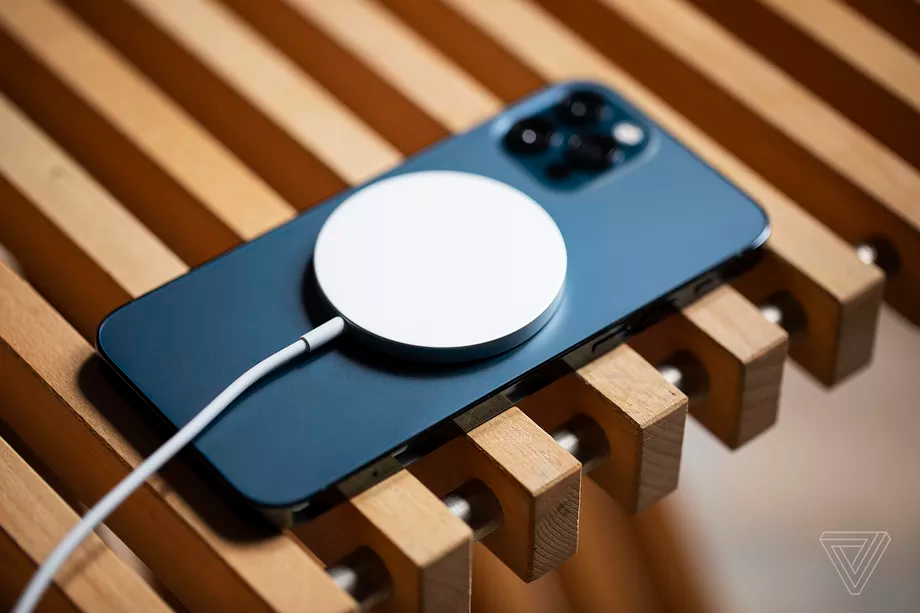Iphone 12 pro overall pros and cons
- Dec 12, 2020
- 3 min read


Good Stuff
Excellent camera
Killer performance
Dolby Vision video looks great
5G can be very fast
Bad Stuff
Battery life not as good as last year
5G hype is exhausting
Not quite enough of an upgrade over the iPhone 12
iPhone 12 Pro design
The iPhone 12 and 12 Pro share the same fundamental new design, which is very squared off and very flat — almost shockingly flat. Nearly every other phone has a curved edge and an obvious border between the display and the frame, but the iPhone 12s feels much more like a single piece. It reminds me a little of the iPhone 5, but more importantly, it looks and feels very different than any other modern phone, in the way Apple is historically good at making older designs seem instantly out of date.
Oddly, the squared-off design also makes the iPhone 12 Pro seem more substantial than it actually is. It doesn’t look it, but it’s thinner than an iPhone 11 Pro.

iPhone 12 Pro Camera
Last year I said the iPhone 11 Pro had the best camera on a smartphone, and it’s not like the iPhone 12 Pro went backward. But it’s only a small step forward — enough to stay just ahead of the competition. Most of the improvements are fairly minor.
The main camera has a very slightly brighter lens than last year, which helps it in low light, and Apple’s new Smart HDR 3 processing seems to be, well, a little smarter. The noise reduction is improved and looks better than the iPhone 11: photos look less grainy, and there’s a little more detail. The photos are also slightly more contrasty; every year, Apple seems to be more willing to let highlights be highlights and shadows be shadows, which is a look I’m personally fond of.
iPhone 12 Pro on the left, Pixel 5 on the right
All four cameras on the phone can do night mode now, which is very nice to have, but it’s most useful on the front camera for night mode selfies. Using the tele or the ultrawide for night mode shots works, but I’d stick with the main camera. It’s the best camera on the phone, and it takes the best images.
There are some other small but noticeable photo improvements over the 11 Pro: the ultrawide lens distorts a little less at the edges, and photos from the ultrawide and telephoto are a tad sharper and more detailed. There are also some new settings: you can actually turn lens correction off, and you can turn off both Smart HDR and “scene detection,” which tries to intelligently recognize a shot and expose it correctly. It’s nice to see Apple embrace additional camera options, but I would generally leave everything flipped on; if you are offended by auto camera modes, you should just use an app with good manual controls like Halide

5G on the iPhone 12 Pro
II am obligated to discuss 5G in a review of a new 5G iPhone, even though I personally do not find 5G compelling because I do not live anywhere close to a 5G service area on any of the major networks. I think that will be the case for a great many people for some time to come, and so I am happy to report the iPhone 12 Pro does just fine on LTE.
But I did spend a day in Melbourne, and I can report that Optusnet Sub-6 “nationwide” 5G is basically fine. It’s there, and it was reasonably fast, although my iPhone 11 Pro on Telstra could produce equivalent speeds in many cases. Optusnet “nationwide” 5G network feels like the early days of LTE to me: I can’t tell if it’s always going to be this fast or whether it will slow down as a flood of devices — like, say, aggressively subsidized 5G iPhones — hit the network. We’ll find out!
Real 5G is blazing-fast — when you can find it
There’s a optusnet mmWave 5G tower just across the street from our office, and the iPhone 12 Pro was fast to latch onto it and light up the UW indicator. In a patch of 20 glorious square feet, I pulled over 2 gigabits per second down. (And 40 megabits per second up, which matched regular 5G.) If I walked 100 feet away, the signal dropped, and that was that. I hope you are not anticipating being very mobile with your 5G mobile phone if you have giant files to download. Using mmWave definitely made the phone get a little warm, and it seemed to drain the battery a little faster. It’s good that it’s very difficult to use mmWave, I suppose.






Comments